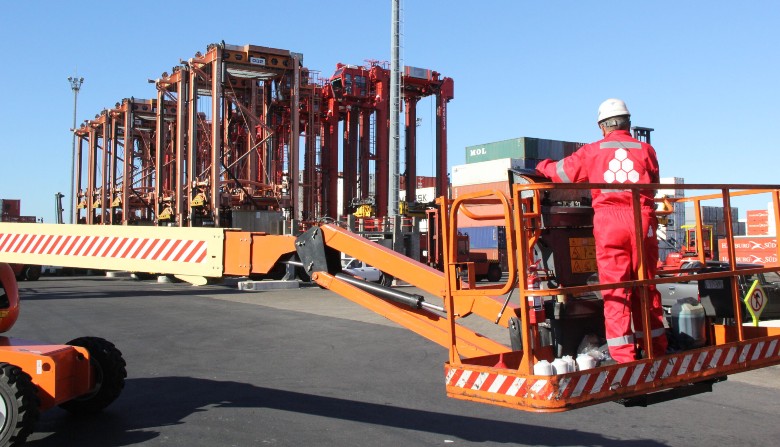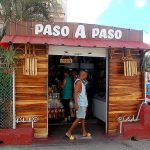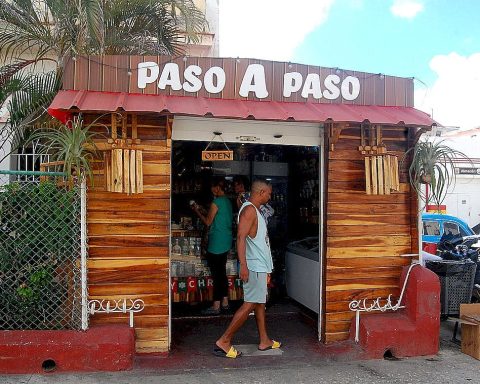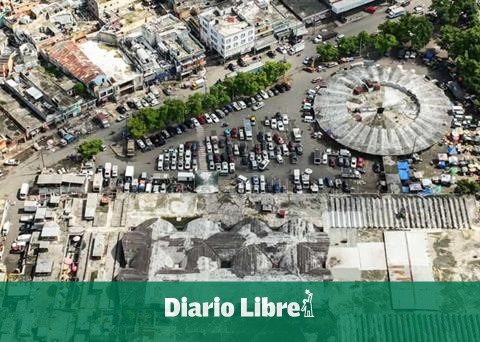For example, in the Argentine newspaper La Nación you can find several references to the virtues of the Uruguayan model compared to the Argentine one. Thus, very authoritative sources characterize our country’s port management as “avant-garde and productive,” placing the centennial ANP (National Ports Administration) as the port authority and, fundamentally, as a facilitator of foreign trade that achieves “ this public-private partnership between a world-class port operator and the port administration itself”, referring to the Terminal Cuenca del Plata (TCP) partnership between Katoen Natie and the ANP.
«In the Port of Montevideo, the closest neighbor, they are carrying out the largest and most important transformation since the port law of the 1990s; It is only enough to visit their Cuenca del Plata Terminal to understand that they are on the right path, the path of investment, productivity, care for the environment and port-city integration, sadly interpreted in our ports as `real estate development`» . yespoints out that “while Uruguay and the region advances, in our beloved Port of Buenos Aires, there are more and more obstacles, more distortion, more laziness than with security, and if it continues like this, it will lead us to become a port feederfurther increasing costs, its direct impact on the consumption and production of our Nation, directly to the consumer».
ANDhe article in question also mentions other examples of port development in the region, both in Brazil and Paraguay. In relation to the port of Santos, in Brazil, it is noted that “it continues to grow, adding new equipment, new spaces between squares and cold chambers, more productivity, more cargo, more and more, always a little more.”
About Paraguay, with the third largest fleet of barges in the world, “the one that Argentina knew how to lose systematically due to union abuses and extortions, due to the catastrophic tax burden, added to the customs vices and the distorting migratory costs; its port developments on the Paraguay River, it is enough to enter Google Maps, write Villeta, see and compare the Argentine side with the Paraguayan side: development versus laziness, lack of foresight and lack of long-term vision and investment; the same one that led us to lose the transshipment cargo from the barge convoys, the one that was recovered for lucid periods between 2017 and 2019, but lost again in its entirety, from 2020 to date ».
About the end, the columnist concentrates his critics on the Argentine port activity. «After briefly reviewing the reality of the region, we arrive, sadly and at a snail’s pace, in our country, where the lack of predictability, the vices, the stagnation, the economy, the inflation, the obstacles to everything that is international and productive Added to greed and that permanent lack of ideas prevents sustainable development, being able to talk about the next 35, 50, 80 years is a utopia and not just that of the great Galeano: “Utopia is on the horizon. I walk two steps, she walks two steps away and the horizon moves ten steps further. So, for what does the utophy works? For that, it serves to walk ».
In our case, that walk destroys generations, bankrupts businessmen and drives away entrepreneurs and prevents any developmental strategy: it kills dreams and ideas».»In our country (Argentina) there is no port model, there is no strategic planning, there is no comprehensive plan, Those ports that develop and advance require a titanic effort on the part of the private sector that must defend themselves day by day from the subjugation of the State and its luxury guests, contaminated with ideas that have failed throughout the world, such as their rulers.” .


















